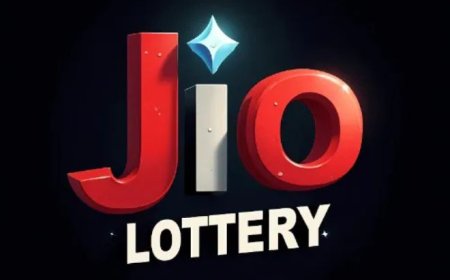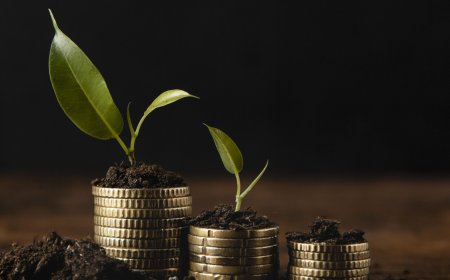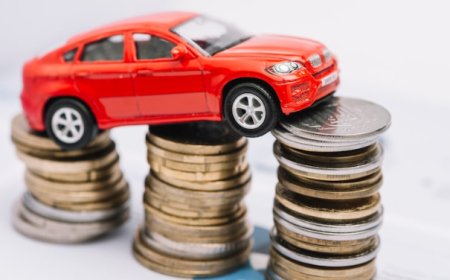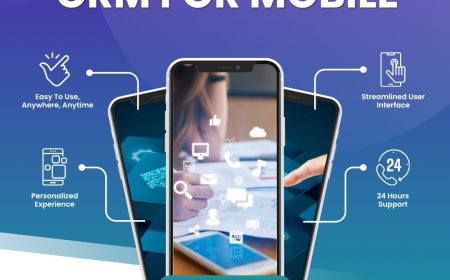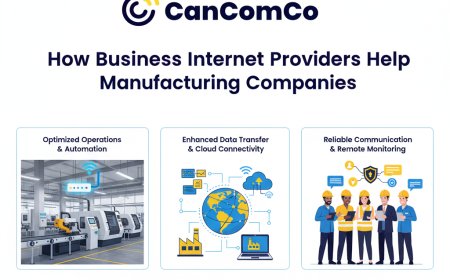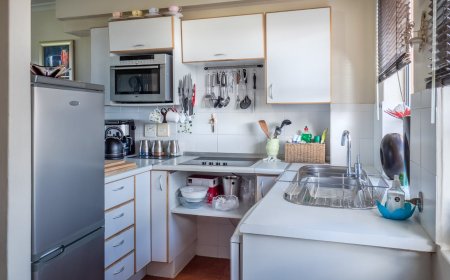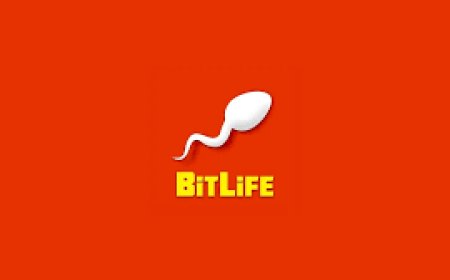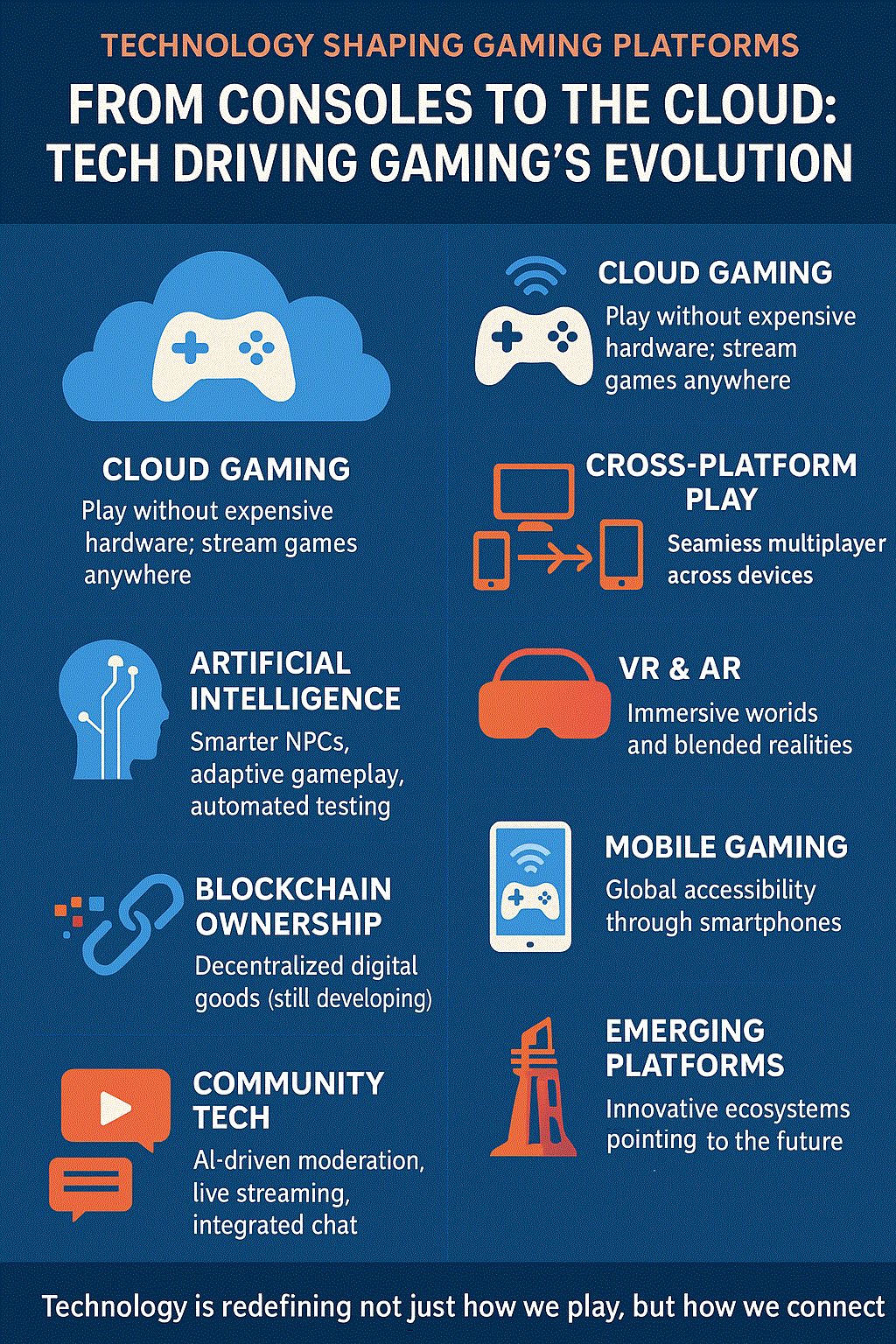Solana Phone: How Saga Is Changing the Future of Web3 Adoption
Discover how the Solana Phone, powered by the Solana Mobile Stack, is revolutionizing Web3 adoption with built-in crypto, NFTs, and decentralized apps.
Introduction: A Smartphone That Speaks Web3
In a world where almost everything fits in the palm of your hand, it was only a matter of time before blockchain made its way into your smartphone. Enter the Solana Phone, also known as the Saga — a bold innovation merging high-performance mobile technology with the decentralized world of Web3.
Unlike traditional smartphones that treat crypto apps as outsiders, Solana Phone brings Web3 front and center, offering native integration for decentralized applications (dApps), crypto wallets, NFTs, and digital payments.
More than just a piece of tech, this device represents a shift in digital adoption — the point where blockchain moves from desktop experiments to everyday utility.
And that’s what makes the Solana Phone so powerful: it’s not just another gadget, it’s a bridge between mass adoption and blockchain reality.
The Vision Behind the Solana Phone
The Solana Mobile Stack (SMS) — the backbone of the Solana Phone — was designed with one mission: make Web3 as easy to use as Web2.
Developed by Solana Labs, the phone runs on Android and integrates a hardware-embedded crypto wallet, a seed vault, and a dApp Store that bypasses the restrictive controls of Apple and Google.
This gives developers freedom to create, users freedom to own, and the Solana ecosystem a new way to expand adoption through accessibility.
According to Solana co-founder Anatoly Yakovenko, the motivation was clear:
“Every time someone wants to interact with Web3, they face barriers. The Solana Phone removes that friction. It’s the gateway to an open, decentralized mobile future.”
This statement sums up what the Solana Phone stands for — accessibility, ownership, and adoption.
Solana Saga: The Hardware That Started It All
The first-generation Solana Saga phone launched in 2023 as a premium Android device. It featured:
-
6.67-inch OLED display
-
Qualcomm Snapdragon 8+ Gen 1 processor
-
12GB RAM and 512GB storage
-
Seed Vault security system
-
Built-in Solana dApp Store
But what really caught attention wasn’t the specs — it was the experience. Users could mint NFTs, swap tokens, and interact with decentralized apps directly, without depending on centralized app stores or third-party wallets.
Early adopters loved the concept, even if the phone itself was a niche product.
Then came the surprise twist: Solana Labs gave away thousands of Saga phones after demand spiked due to the BONK airdrop, a meme token distributed to Saga owners. The unexpected frenzy made the Saga sell out — proving that crypto incentives can drive real-world hardware adoption.
The Next Chapter: Solana Phone 2.0
After the Saga’s success, Solana Labs announced it was working on a second-generation Solana Phone, expected to launch in 2025.
This new model promises:
-
Improved integration with Solana Pay and Solana Wallets
-
Enhanced Seed Vault security
-
Lighter and more affordable design
-
Expanded Web3 app support
Unlike the first Saga, which was a premium product, the next Solana Phone aims to target the mainstream market, making blockchain technology truly accessible.
This shift marks a turning point for adoption — from tech enthusiasts to everyday users.
Why the Solana Phone Matters for Web3 Adoption
1. Real Ownership
Traditional apps rely on centralized accounts, cloud logins, and data stored elsewhere. With Solana Phone, users own their data and assets directly. The private keys never leave the device — meaning your crypto, NFTs, and identity stay in your hands.
2. Frictionless dApp Experience
By integrating the Solana dApp Store, users can explore Web3 applications without navigating through complex browser wallets or third-party stores. This streamlines onboarding for newcomers, driving mass adoption of decentralized apps.
3. Secure & Seamless Payments
With Solana Pay embedded, the phone allows instant, low-cost crypto payments, enabling merchants and users to transact globally in seconds. No banks, no middlemen — just peer-to-peer freedom.
4. Developer Ecosystem Expansion
For developers, the Solana Mobile Stack (SMS) provides open-source tools to build mobile-first decentralized experiences. This fosters innovation across gaming, finance, and identity management on mobile platforms.
Challenges & Opportunities
While the Solana Phone is visionary, it isn’t without challenges. Competing with giants like Apple and Samsung is no easy feat.
Challenges include:
-
Limited initial distribution and awareness
-
High production costs
-
Niche Web3 user base
However, the opportunities far outweigh the risks.
The Saga showed that crypto-native devices can gain traction — especially when combined with real utility and incentives. The future Solana Phone could very well become the default device for Web3 users, entrepreneurs, and creators in the decentralized economy.
The Future of Solana Mobile Adoption
Blockchain adoption has always hinged on usability. The Solana Phone solves this by meeting users where they already are — on their phones.
By integrating crypto seamlessly into daily life — sending money, minting NFTs, joining DAOs, or managing DeFi portfolios — Solana is not just building a blockchain; it’s building a lifestyle ecosystem.
If the second-generation Solana Phone delivers on its promise, it could reshape how people perceive mobile technology — transforming it from a tool of consumption to a tool of ownership.
FAQs: Everything You Need to Know About the Solana Phone
Q1. What is the Solana Phone?
The Solana Phone, also called the Saga, is a smartphone built by Solana Labs. It integrates blockchain and Web3 features, including a secure wallet, a dApp Store, and Solana Pay for crypto transactions.
Q2. Who created the Solana Phone?
The Solana Phone was created by Solana Labs, the same team behind the Solana blockchain, led by co-founder Anatoly Yakovenko.
Q3. What makes the Solana Phone unique?
It’s designed for Web3-native users, featuring hardware-level crypto security (Seed Vault), built-in dApps, and decentralized payment functionality — all without relying on centralized app stores.
Q4. How much does the Solana Phone cost?
The first Solana Saga launched for around $599–$999, depending on the region. The upcoming Solana Phone 2.0 is expected to be more affordable, focusing on wider adoption.
Q5. What is the goal of the Solana Phone project?
The goal is to accelerate blockchain adoption by making Web3 applications simple and secure on mobile devices, creating a seamless bridge between everyday users and decentralized technology.
Conclusion: The Future Is in Your Hands
The Solana Phone represents more than just hardware innovation — it’s a symbol of what blockchain adoption truly means. It empowers individuals to control their assets, privacy, and digital identities in a world where centralized systems dominate.
By blending high-speed blockchain infrastructure with mobile convenience, Solana is turning the dream of Web3 mass adoption into reality — one phone at a time.
As we step into a new era of digital ownership, the Solana Phone stands as a bold reminder: the future isn’t coming — you can already hold it in your hands.







